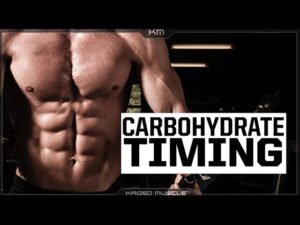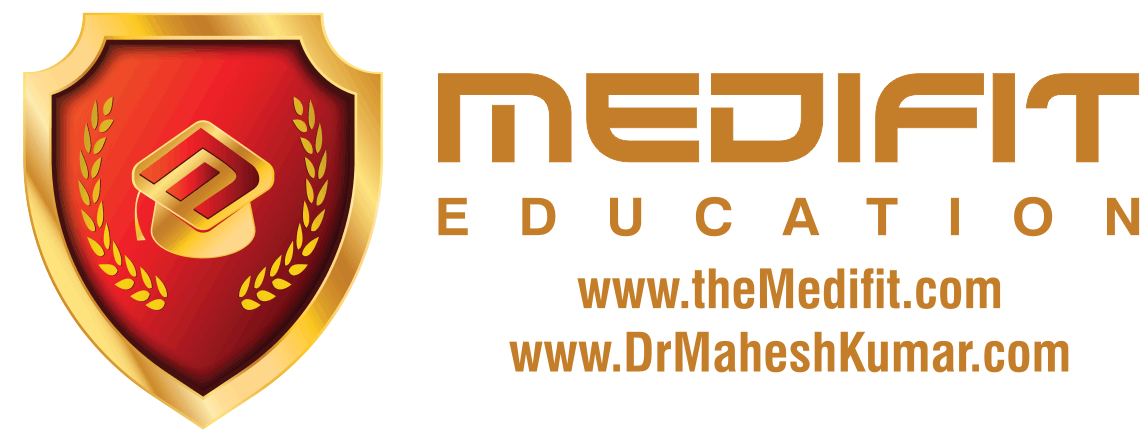Now let’s get to understand some fitness definitions that are important for you. – Aerobic/cardiovascular activity. These are exercises that are strenuous enough to temporarily speed up your breathing and heart rate. Like, running, cycling, walking,swimming, and dancing. – Flexibility training or stretching. This will enhance the range of motion of joints. Age and inactivity tend to cause muscles, tendons, and ligaments to shorten over time. Remember that stretching and warming up are not the same. In fact, stretching cold muscles and joints can make them prone to injury. – Strength, weight, or resistance training. This type of exercise is aimed at improving the strength and function of muscles. Specific exercises are done to strengthen each muscle group. Weight lifting and exercising with stretchy resistance bands are examples of resistance training activities, as are exercises like pushups in which you work against the weight of your own body. – Set. Usually used in discussing strength training exercises, this term refers to repeating the same exercise a certain number of times. For instance, a weight lifter may do 10 biceps curls, rest for a few moments, then perform another “set” of 10 more biceps curls. – Repetition or “rep.” This refers to the number of times you perform an exercise during a set. For example, the weight lifter mentioned above performed 10 reps of the bicep curl exercise in each set. – Warm up. This is the act of preparing your body for the stress of exercise. The body can be warmed up with light intensity aerobic movements like walking slowly. These movements increase blood flow, which in turn heats up muscles and joints so they would be more functional and less prone to injury. – Cooldown. This is the less-strenuous exercise you do to cool your body down after the more intense part of your workout. For example, after a walk on a treadmill, you might walk at a reduced speed and incline for several minutes until your breathing and heart rate slow down. Stretching is often part of a cooldown. – Maximum Heart Rate is based on the person’s age. An estimate of a person’s maximum age-related heart rate can be obtained by subtracting the person’s age from 220. So it you’re 30 years old, your maximum heart rate should be 190. – A way to measure the intensity of your exercise is to check your heart rate or pulse during training. These should be within a target range during different levels of intensity. – A person’s target heart rate should be 50% of his or her maximum heart rate. All the best! Alyaa Gad
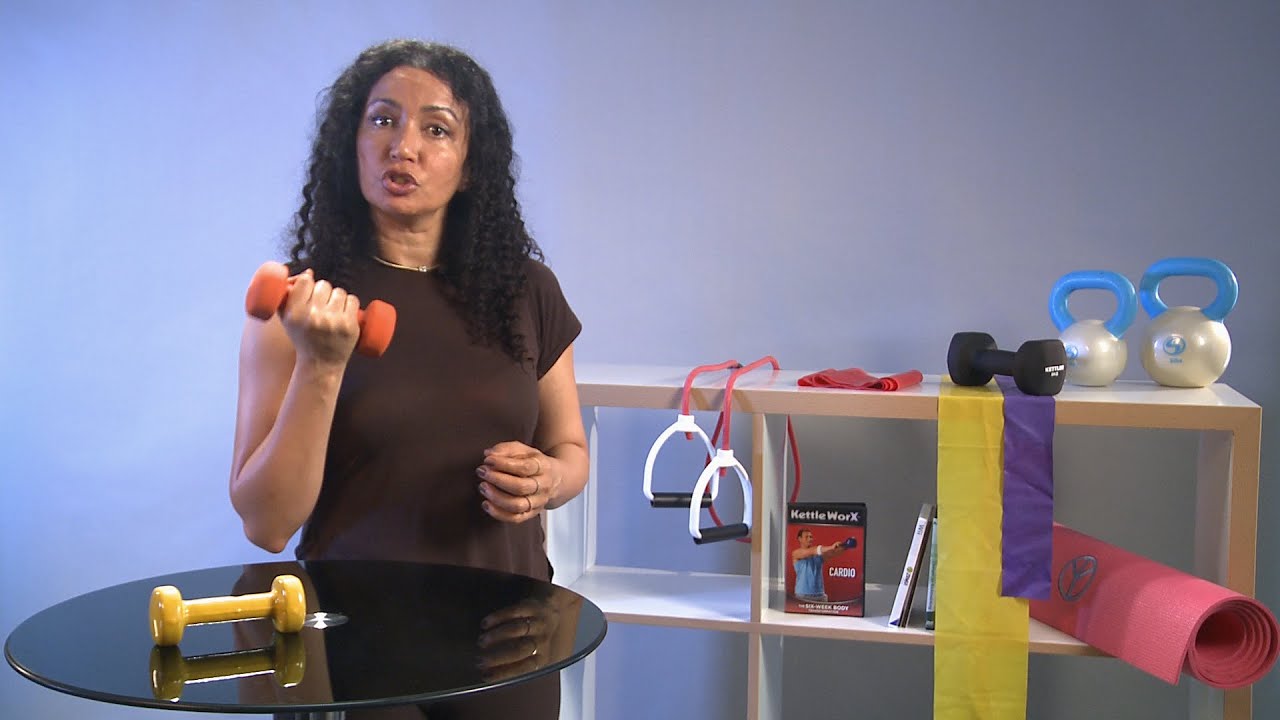
Fitness Definitions
- Post author:
- Post published:June 14, 2021
- Post category:Uncategorized
- Post comments:0 Comments
You Might Also Like

Nerd Muscle Growth
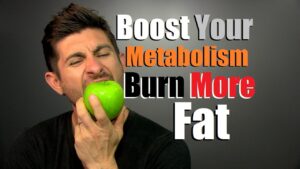
How To Boost Your Metabolism And Burn More Fat | 3 Simple Tips
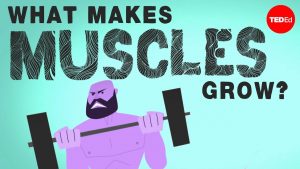
What makes muscles grow? – Jeffrey Siegel
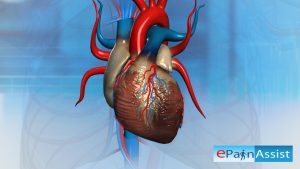
Heart Attack-What Can Cause a Heart To Stop Beating?
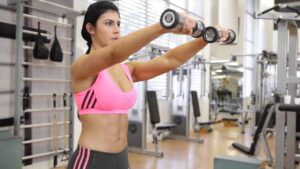
Deltoid Front Raises-5

Robotics Surgeries Video – 1
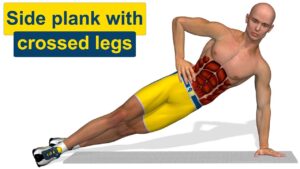
Side Crunch With Weight-7
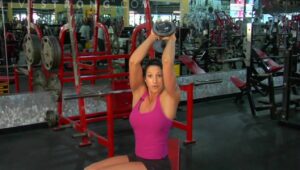
One Hand Triceps Extension-9
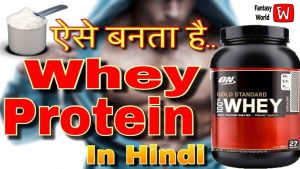
एेसे बनता है व्हे प्रोटीन // Whey Protein Supplement Review

Thyroid Gland: Thyroid Hormone Function

TUBERCULOSIS Signs and Symptoms

What is Acne and What is the Best Acne Treatment?

How to Do a Crunch | Ab Workout

Balloon Angioplasty and Heart Disease: Demo Using Balloons

vivoactive 3 – Intro

Human Digestive System
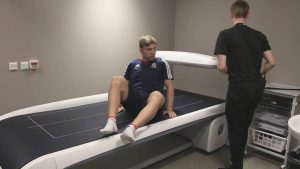
DEXA SCAN – Body fat percentage test

Muscle Building Workout & Squats Video – 13

Meditation Video – 6

Pediatric Physiotherapy Video – 7

Trampoline Video – 3
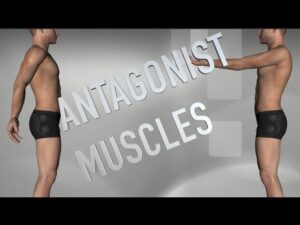
Antagonist Muscles – Trunk Actions – Kinesiology Quiz
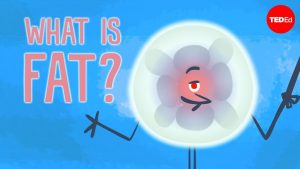
What is fat? – George Zaidan
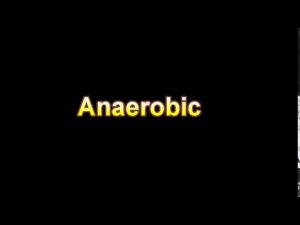
What Is The Definition Of Anaerobic Medical Dictionary Free Online
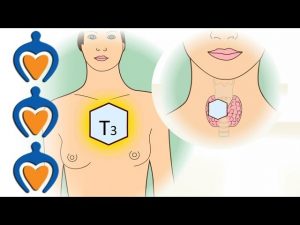
Thyroid gland – What’s the function of the thyroid?
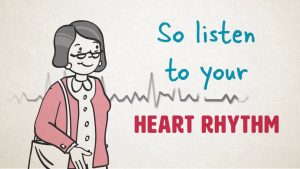
What Can Help Prevent a Stroke – Check Your Heart Rhythm
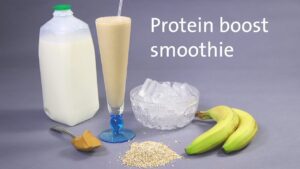
Bodybuilding Nutrition, Diet Recipes & Workout – 3
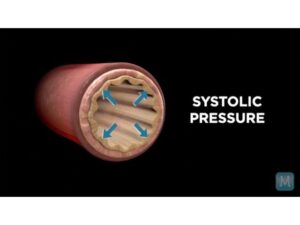
Systole vs. Diastole | Match Health
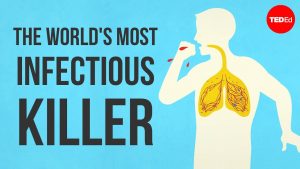
What makes tuberculosis (TB) the world’s most infectious killer? – Melvin Sanicas

FAQ 1 – I’m doing exercise on regular basis and not getting the results? | Health and Fitness
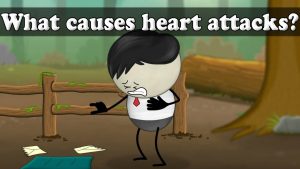
What causes heart attacks? | #aumsum #kids #science #education #children
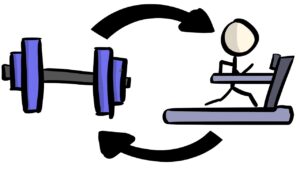
Do Cardio or Weights First?

Lactation and the Benefits of Breastfeeding | UCLA Vital Signs
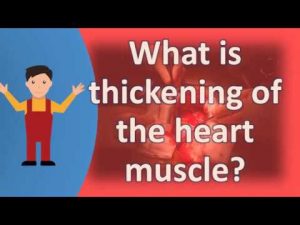
What is thickening of the heart muscle ? | Health FAQS | It’s All about your health

BEST Workout & Diet ADVICE for SKINNY GUYS ft. Mike Matthews | How to Build & Gain Muscle FAST
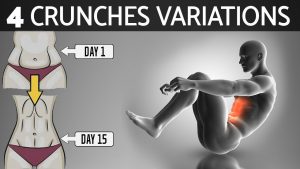
4 Variations Crunches for Flat Stomach Workout in 7 Days | How to Lose Your Belly Fat Exercises
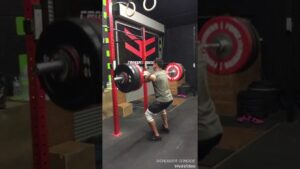
Cuban weightlifting Programing

What is BMI? – Understanding Body Mass Index

Why Do We Get Fevers?

Steroids and Kidney
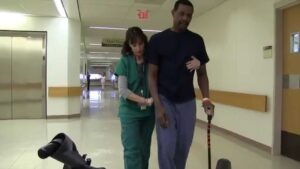
Physiotherapy in Rehabilitation Video – 8
